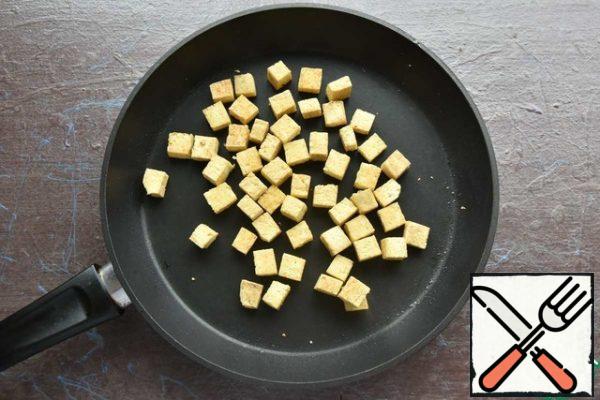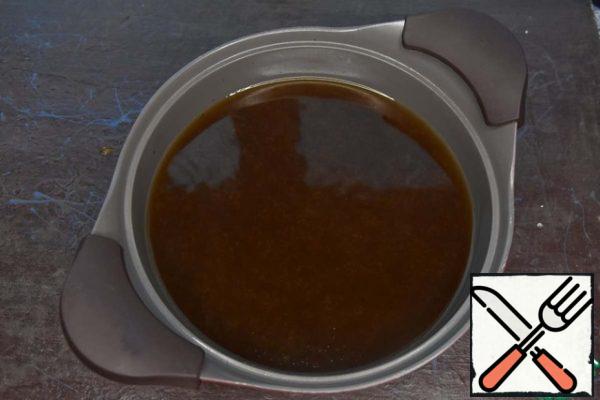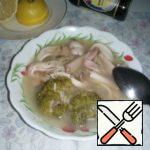Miso soup is a traditional dish of the land of the Rising Sun. It is a broth made from fermented soy bean paste. As additional components, only wakame seaweed and tofu cheese are added to the traditional misoshira. In addition to traditional ingredients, you can use mushrooms, egg, noodles, fish or seafood.
| Cook Time | 30 minutes |
| Servings |
|
Ingredients
- 1 liter Water
- 3 tablespoons Miso paste
- 150 gram Tofu
- 0,5 bunch Green Onion
- 3 gram Algae (nori leaf)
- 2 tablespoons Soy sprouts
- 2 tablespoons Soy sauce to taste
- 250 gram Mushroom
- 1 piece Onion
- 2 pieces Celery petiole
Ingredients
|
Instructions
- Broth with dissolved miso paste should not be boiled. Adjust the taste with soy sauce. In serving plates, arrange tofu cubes, mushrooms, wakame seaweed squeezed from excess moisture, soy sprouts for texture. Pour in the broth. Sprinkle the soup with green onions on top and, if desired, add a little hot pepper. Everyone knows the benefits of fermented foods. In all world cuisines, there are recipes for fermented dishes: sauerkraut, kumis, kombucha, yogurt, kimchi, ayran, etc. Miso paste is a traditional Japanese seasoning, which is a thick paste made from soybeans that have been fermented with salt, and koji yeast. in 1945.
- Miso is a rather mysterious product in taste and specific in color for us. The Japanese researcher T. Aizuki in his book "Physical Health and Nutrition" wrote: "I believe that miso belongs to the highest class of medicines that help prevent illness and strengthen the body through their regular use." In Japan, miso soup is eaten every day, and it is believed that it is thanks to this that the Japanese live for a long time and get sick a little. A direct proof of the benefits of miso paste was the established fact that it was the radio-protective properties of miso that helped thousands of radiation victims survive after the bombing of Hiroshima and Nagasaki



















